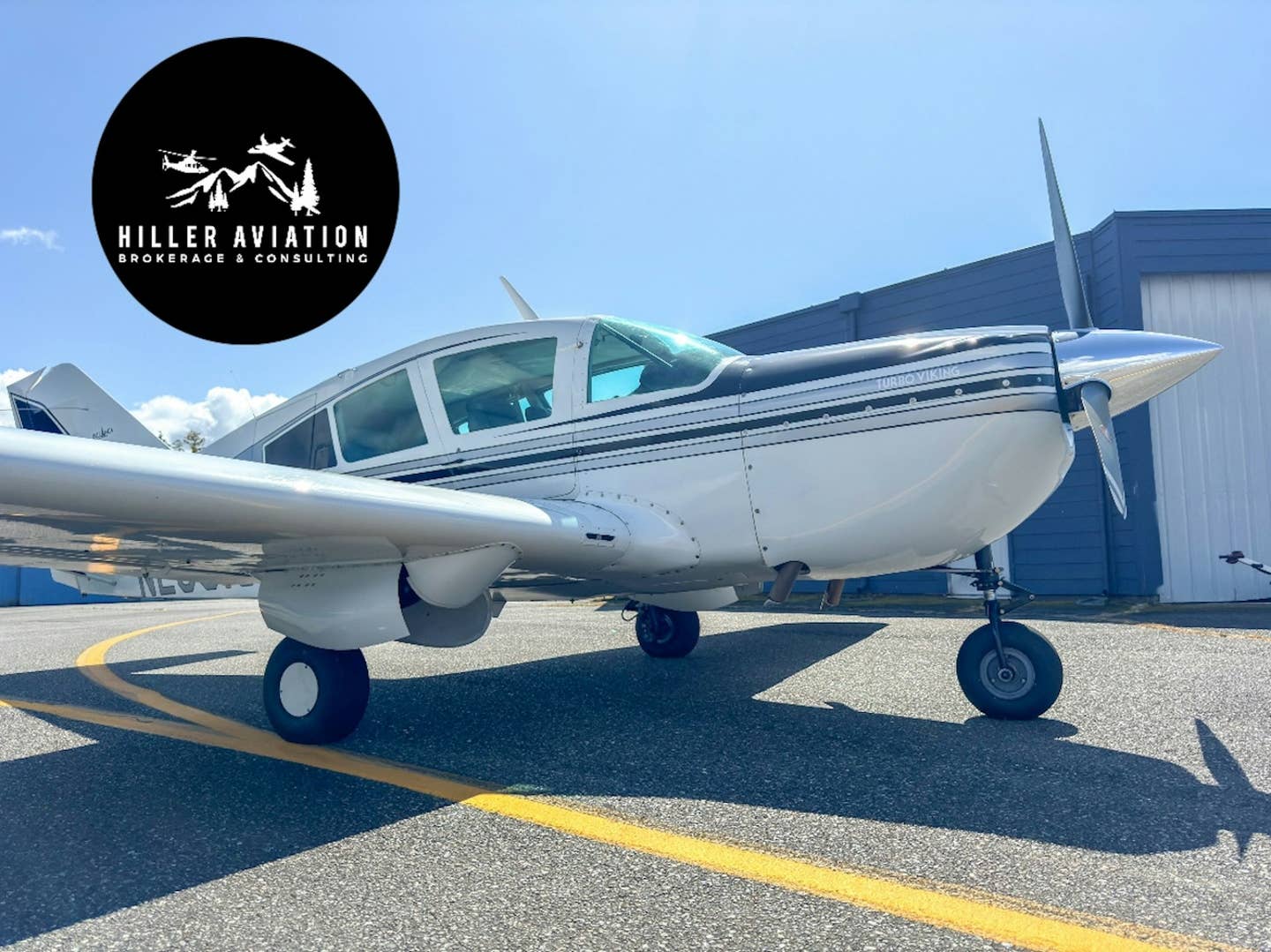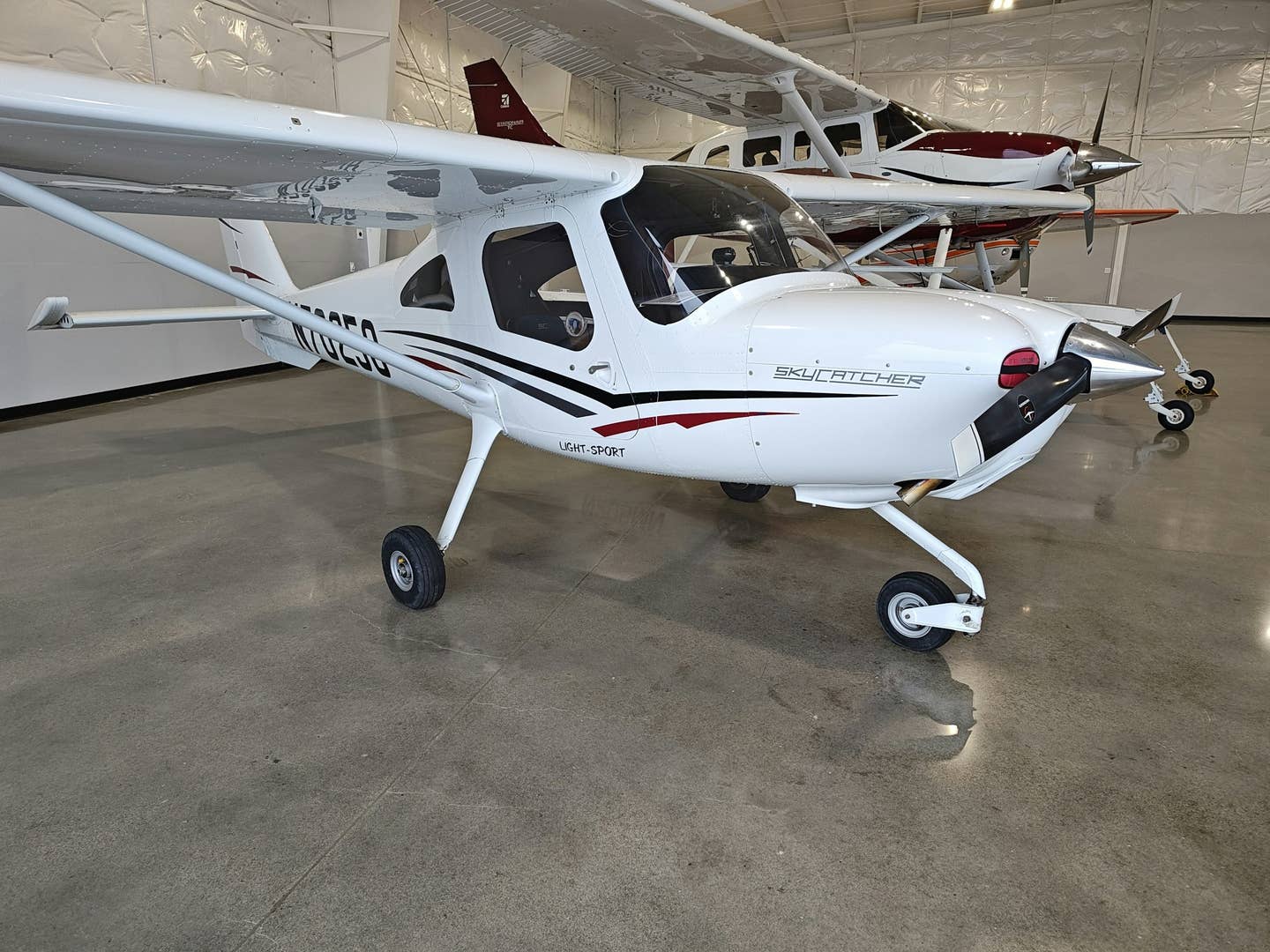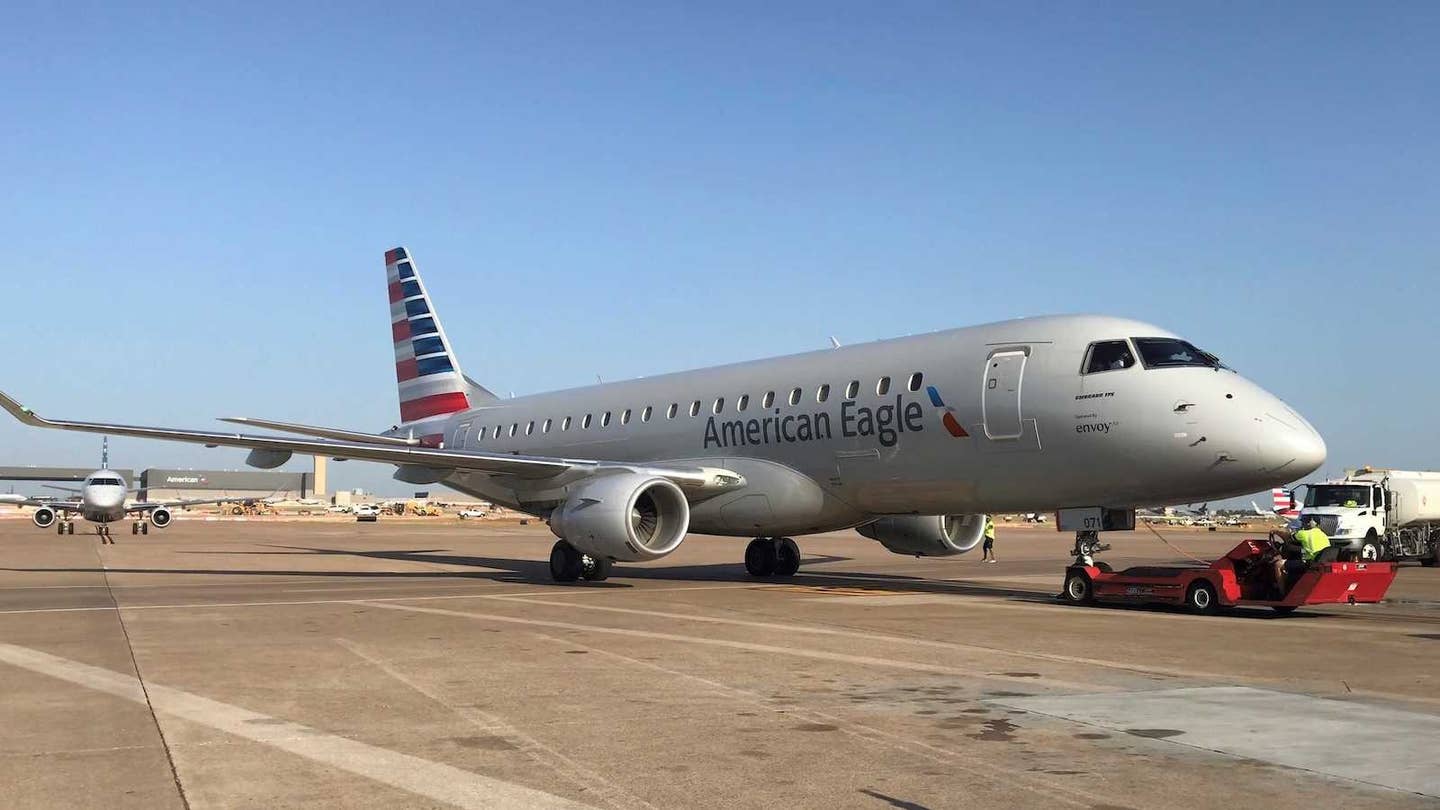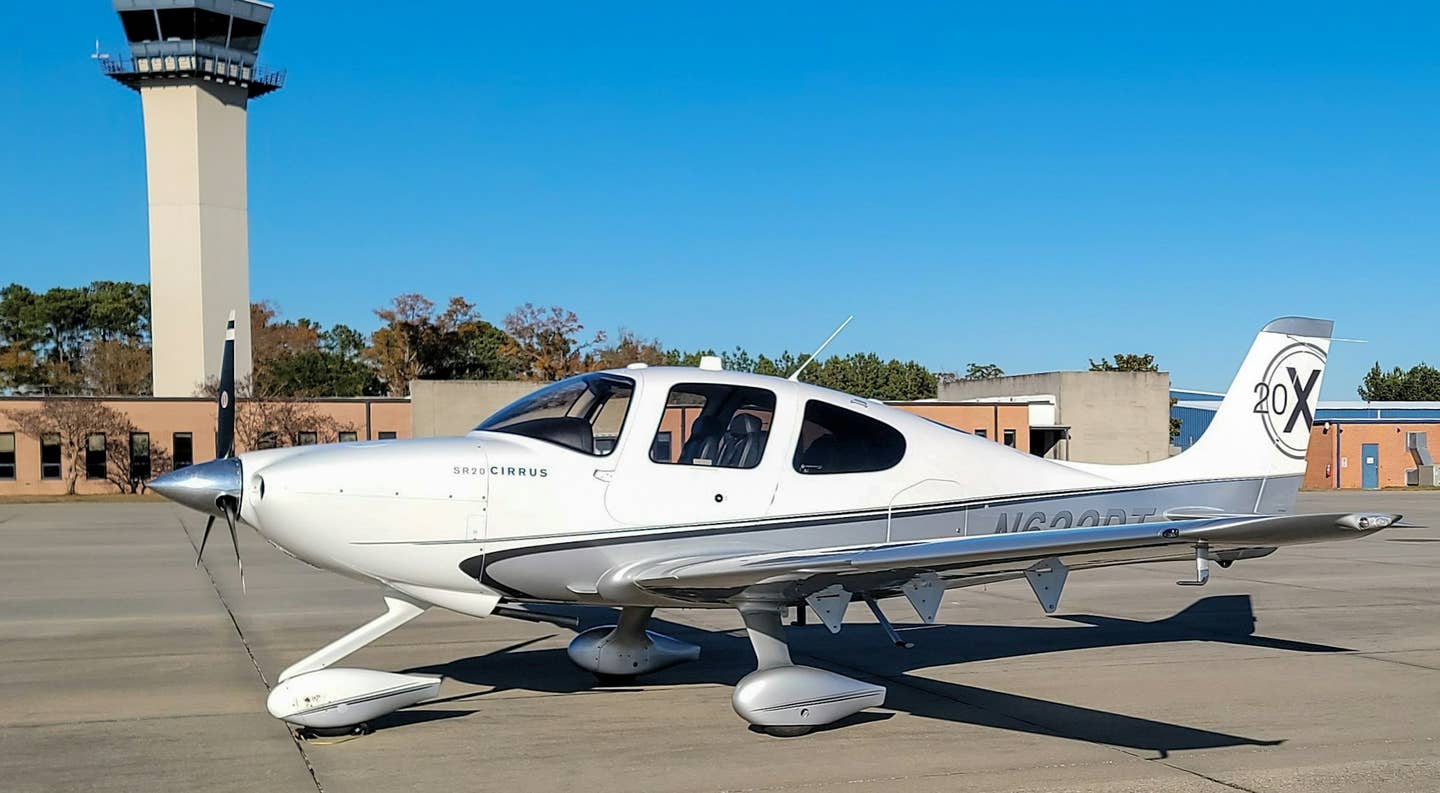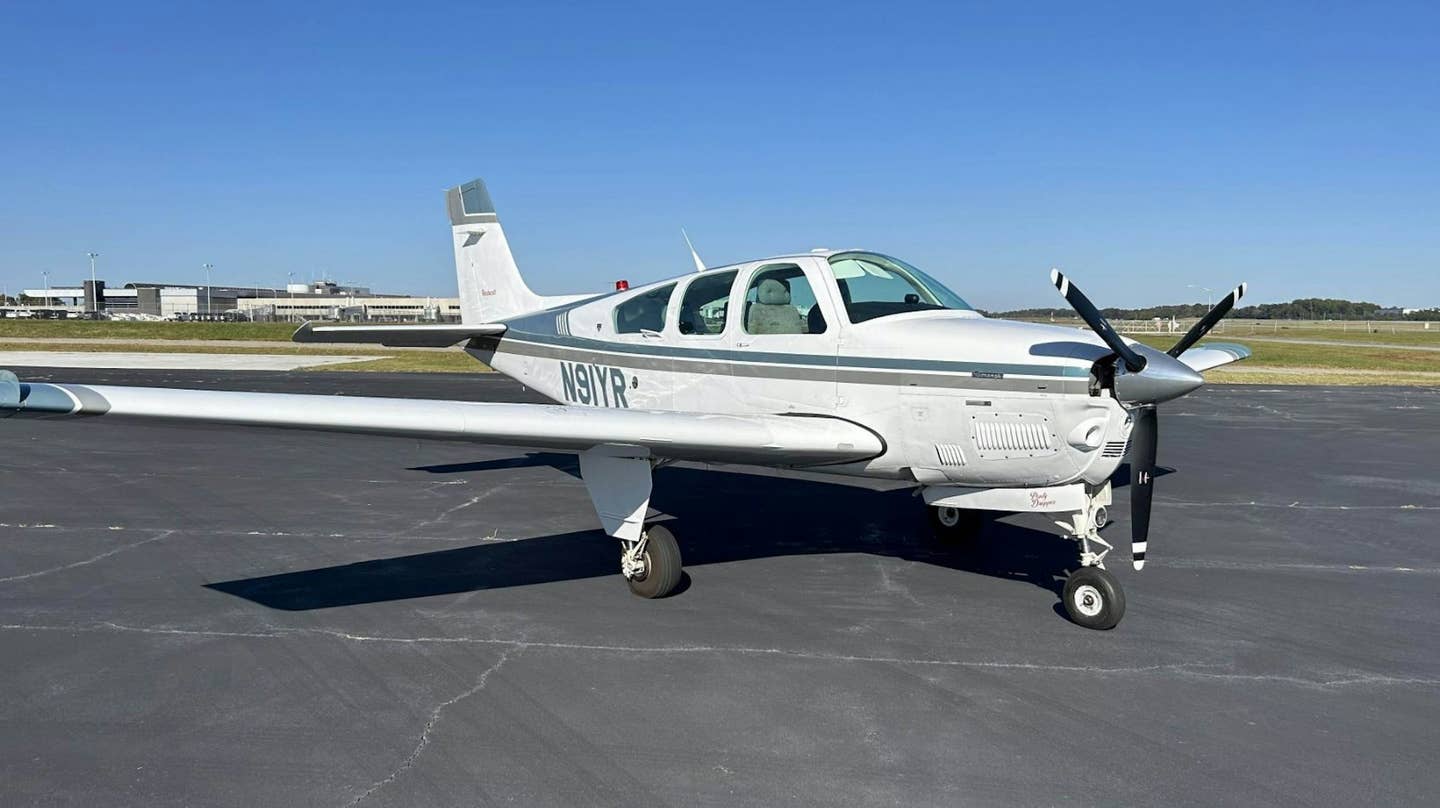
Art by Barry Ross
The event happened in the middle of March, when the weather consists of winter storms and unsettled conditions. Weather, the nemesis for all pilots, almost became the leading contributor to what should have been the last day of my life.
I lived in Salt Lake City at the time, and I was just about to start my vacation with a trip to Bakersfield, California, to visit my family and attend some hockey games in Los Angeles. My brother and I are avid hockey fans, and we had tickets for a game that evening between the LA Kings and the Buffalo Sabres. I had to get to that game, or so I thought, and this was the cause of the forthcoming incident.
The start of my scheduled four-hour flight in my Cessna 182 was delayed by radio problems. "Of all the things to have happen now," I thought to myself as I waited for repairs at the radio shop. Finally, the radio was repaired, and I quickly got into the air to make up lost time.
The weather was getting worse, with many areas yielding to snow showers and poor visibility. "No problem," I thought as I skimmed the tops of hills, squeezing under the dark clouds.
As I started down the mountain ridge into the Las Vegas basin, again trying to squeeze under the weather, the clouds seemed to be solid right to the ground. "Quickly, turn to the right, more space there, climb, fast." The thoughts raced through my mind as I tried to get out of there. At 150 mph, things closed in fast. "More power, must climb fast. Prop to fine pitch. Power settings above the green," I thought. "No matter, even if it is hard on the engine. The rocks below would be even worse. Pull the nose up, airspeed falling, 80 mph, good, climbing fast." The peak ahead was still higher than the aircraft, but at 80 mph it was not approaching quite as fast as before. Finally, the peak passed below and I was back into the upper valley. "Wow, that was a close call," I sighed to myself. "Well, I guess the only way left is back to Cedar City, Utah, and down to St. George. Rats, that will take at least 30 minutes. Oh, well, at least I should be able to get through," I rationalized.
The pass into St. George was clear enough to get under the clouds, and I made it into the valley. As I got closer to Las Vegas, I was lower than I would have liked to be, 100 feet above the freeway and getting lower. "The decision has been made," I decided. "I must land in North Las Vegas."
Microphone in hand, I was about to press the button and ask for landing instructions. "Wait," I thought. "Look to the northwest — sunshine, up toward Indian Springs. If I can get up there, I might make it yet."
After getting into better weather at Indian Springs, I turned southwest to Death Valley. "No radio navigation to use in this area. Use the map. Keep my finger on it so I won't get lost," I reasoned. Weaving around the mountains and thunderstorms, I made it to Trona, California. "OK, put the map up. I know this area real well. I drove a truck around here for nine years," was the comforting thought in my mind. I now turned left toward Randsburg as I flew down a narrow corridor with military restricted areas on both sides. "Right turn now and head for Bakersfield, just over the mountains ahead," I reassured myself. "But look, there are clouds right down to the mountaintops," I said to myself. Worse yet, due to all the delays and unplanned side trips, darkness was approaching, fast. I looked at the time and realized that I had been in the air for five hours.
When I got to Highway 95, it was totally dark. There was Mojave to the left. The runway lights looked inviting. I looked to the right and saw a steady stream of headlights coming from the pass. "Tehachapi is only 15 miles through the pass," I thought. "If I can get there, I might see the lights of Bakersfield. If I can't, I can land at the airport that is right beside the highway." That was my mistaken idea.
As I started through the canyon, I saw that the road below was well lit with headlights. I thought, "Easy to follow. Must stay low. Too dark to see the clouds above." The sobering thoughts in my head said, "Turn tighter. Stay right over the highway. Mountains on both sides that are higher than I am. Don't drift toward them."
Then it happened: The line of headlights below disappeared instantly. I flew into a cloud, totally losing sight of the ground. I thought, "Quick, pull up. The mountains on both sides are higher than I am. Turn right to get back in sight of the ground. Watch it, the airspeed is falling fast. The nose is too high. Don't stall! Damn, where is the horizon?" The airspeed was now building fast, too fast! The sound of the wind around the doors was roaring loud. I guessed the airspeed was near 200 mph — right toward the ground! "The ground? Where is the ground?" I pulled the nose up and had no effect on the airspeed. I pulled back more on the control column and still nothing! I wondered if I was upside down since I had no idea what my attitude was; I had not scanned the instrument panel. "Now look at what you have done. You've gone and killed yourself!" An empty, sick, hollow feeling grabbed at me in the pit of my stomach. "It isn't time to go; I have more to do in life. Not yet!" I would have liked to have said goodbyes and told everyone it's OK, but I couldn't.
I stared through the windshield in hopes of seeing the ground before I hit. It would be the last thing I would see, and I became mesmerized with trying to get a last look at where I would end my life. I had a TV set on the back seat, right behind me, and the thought of where it would end up crossed my mind. "No matter … it will happen so fast at this speed that I will not feel a thing!
"Why haven't I hit the ground yet? Where is it? I was only 100 feet above the ground when I lost sight of it. Let's get it over with!"
Finally, I came to my senses. "You're not dead yet. Do what you were trained to do!" It takes a while to transition from flying visually to orienting yourself on instruments. I had pulled up and into a turn before I had even looked at the instrument panel. No wonder I had no idea what my position was! I stopped staring out the windshield and settled my eyes on the instrument panel.
"Scan the instruments in a pattern, clockwise. Need to view them all to determine my position." After the first sweep of the panel, I realized that I was in a flat spiral to the right, the very maneuver the inspector put me through when I had my flight test. I knew how to get out of it. "Relax back pressure, left rudder, then ease back on the control column." My thoughts were finally organized!
I still thought that I might hit the ground; after all, this started with higher ground on either side of me. When you are in a cloud, the lights from the aircraft reflect all around you like when driving in fog with a car. As the aircraft came around to 090 degrees, I leveled off, the reflected light disappeared and outside the aircraft it became dark. In front of me was Mojave. I had turned 180 degrees since I last saw the ground and was still between the mountains. "What luck! I had made it!
I saw an airplane taking off from the airport, using Runway 20, so I made a right base for that runway. As I settled down to the runway, the rain was pouring down and the wind was blowing fiercely. I was shaking from my escapade, and I bounced the aircraft on the runway twice while laughing out loud. I should have been in a pile of smashed aluminum up in the mountains but was bouncing down the runway instead. "Careful now: You could still crash on the runway if you don't stop bouncing," I reminded myself.
As I taxied to the ramp, the attendant came out to meet me. When I got out, he asked me if I wanted to gas up. "No way! Not now," I said. I just wanted to get away from the airplane. He helped me tie it down, and we then went back to the office to get out of the rain.
After making plans to meet my brother in a cafe named Reno's in the town of Mojave, I asked the attendant how to get there. "You walk in that direction for about a mile," he told me. So I started out walking in the pouring rain, without a raincoat. The cool rain on my face felt very good. I was getting absolutely soaked but didn't care. I looked up to the sky and savored every raindrop that hit my face.
One week passed before we returned to Mojave to pick up the airplane. As we passed Tehachapi, I found out why I hadn't hit the mountains: When I lost sight of the ground I was just past the mountains, so when I lost control I was in a valley; when I regained control I was heading right for the pass between the mountains.
Another week passed before the empty feeling in my stomach subsided, along with a strange feeling that I didn't belong here. Years have passed since this happened, and I have had a lot of time to reflect on what happened and why. It taught me respect for following safety procedures designed by people with much more experience than I have. This happened because I ignored safety precautions, but I am fortunate to be alive to have learned from my mistakes.
To see more of Barry Ross' aviation art, go to barryrossart.com.

Sign-up for newsletters & special offers!
Get the latest FLYING stories & special offers delivered directly to your inbox

